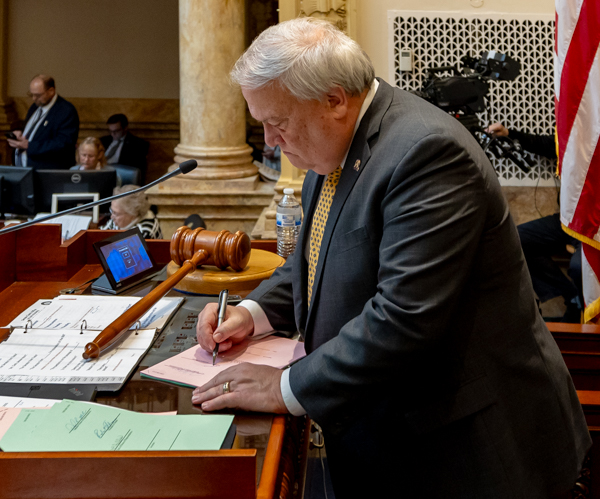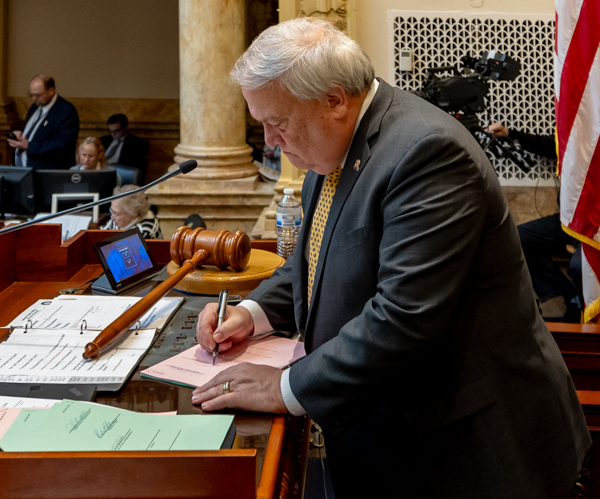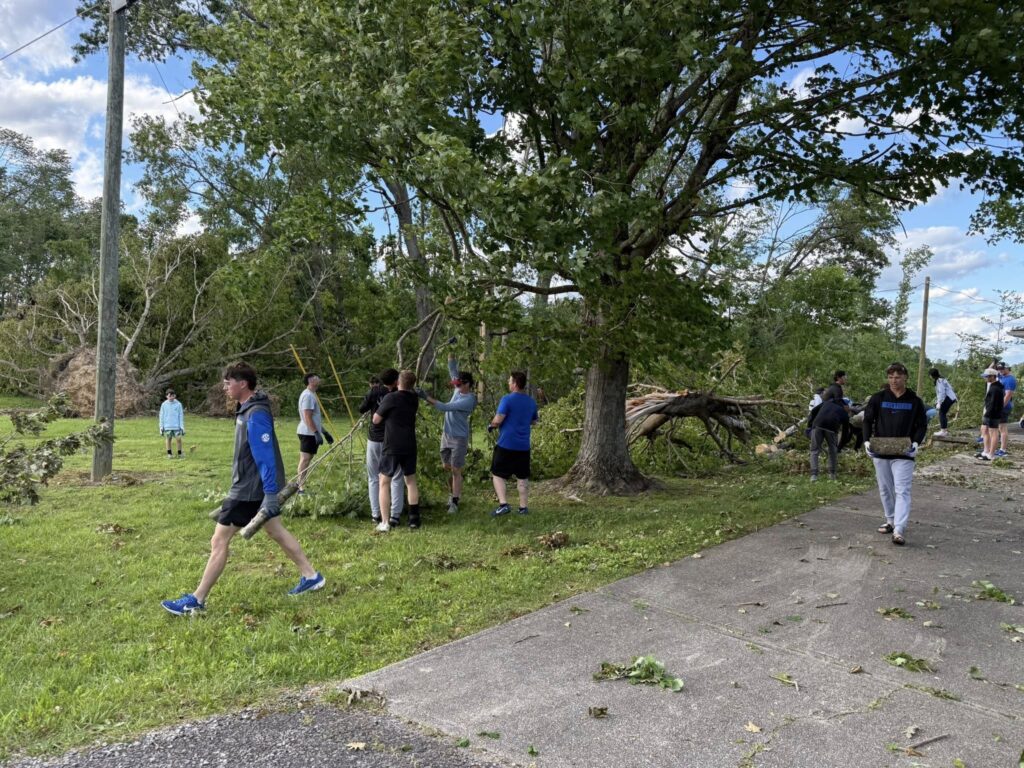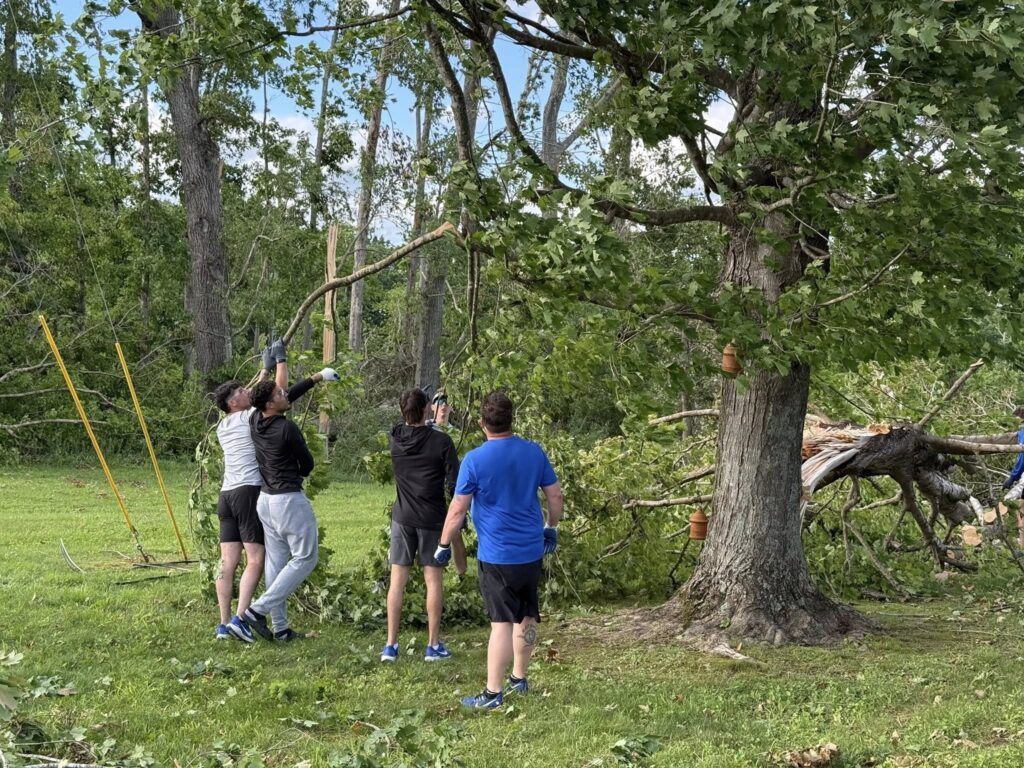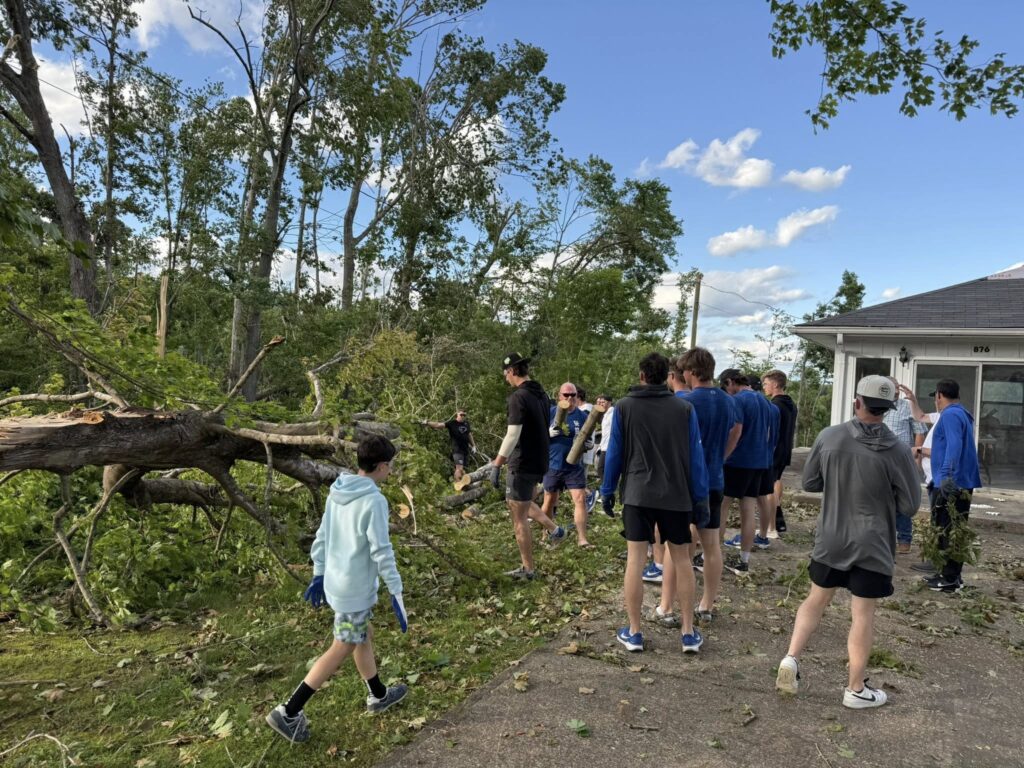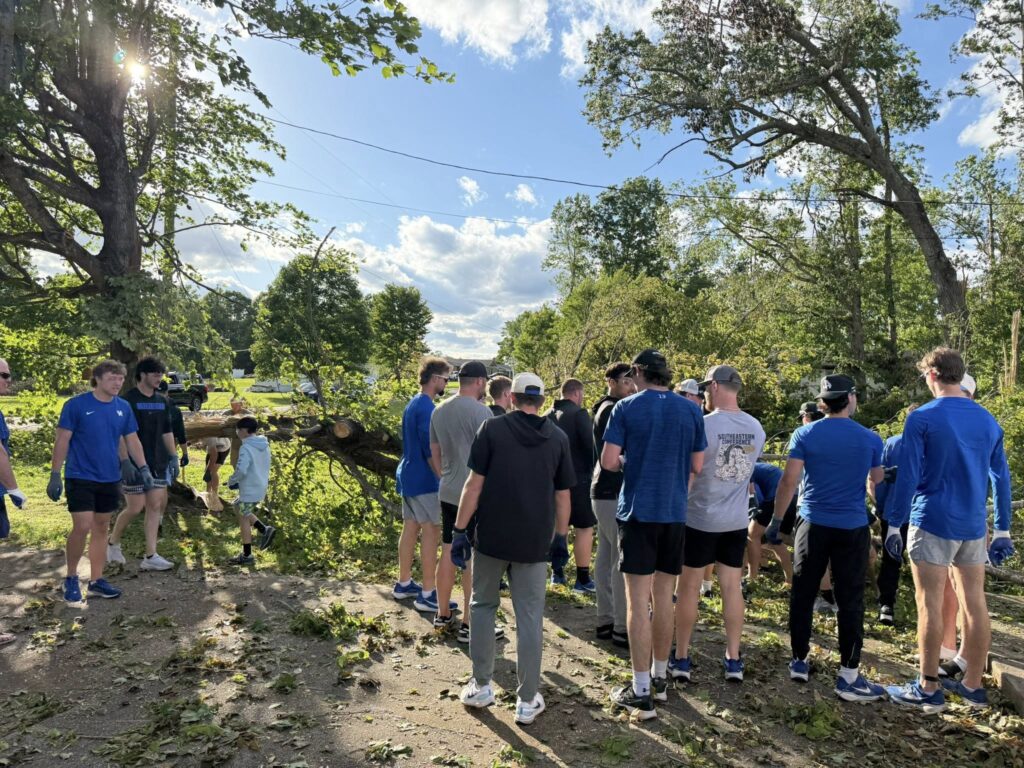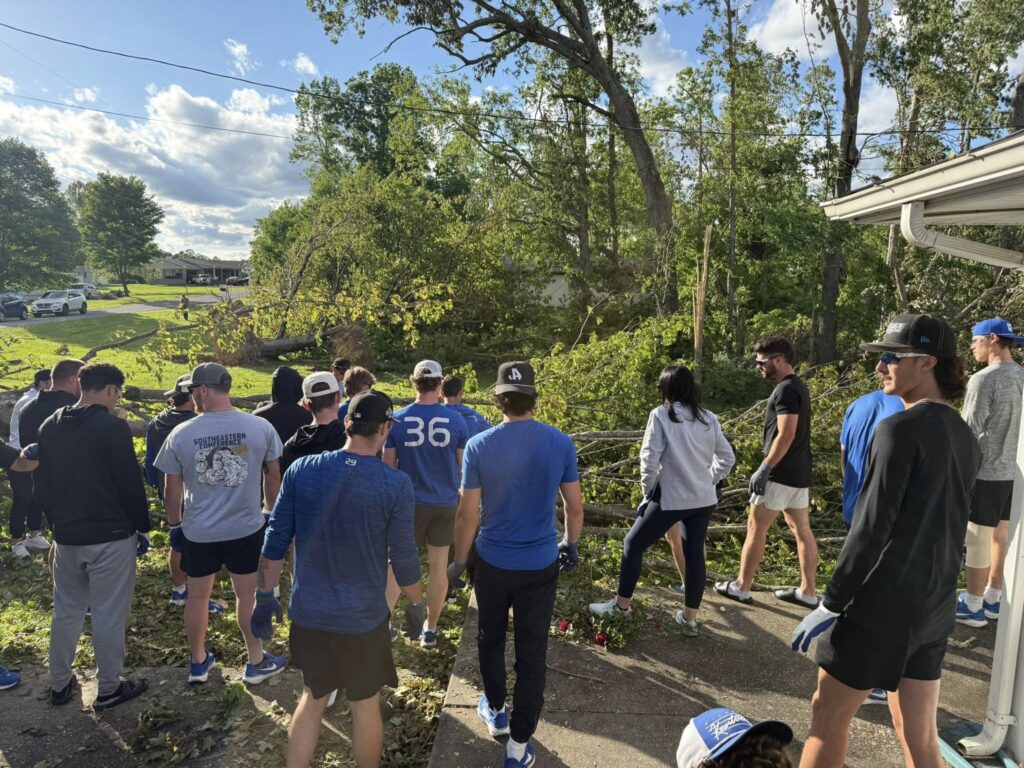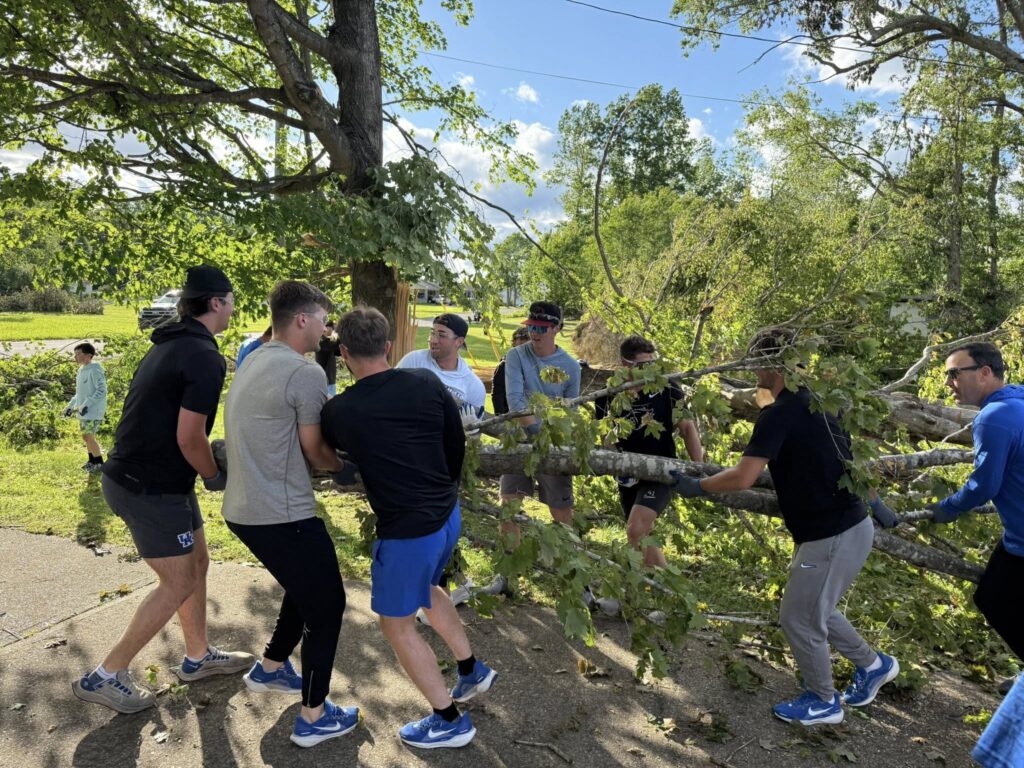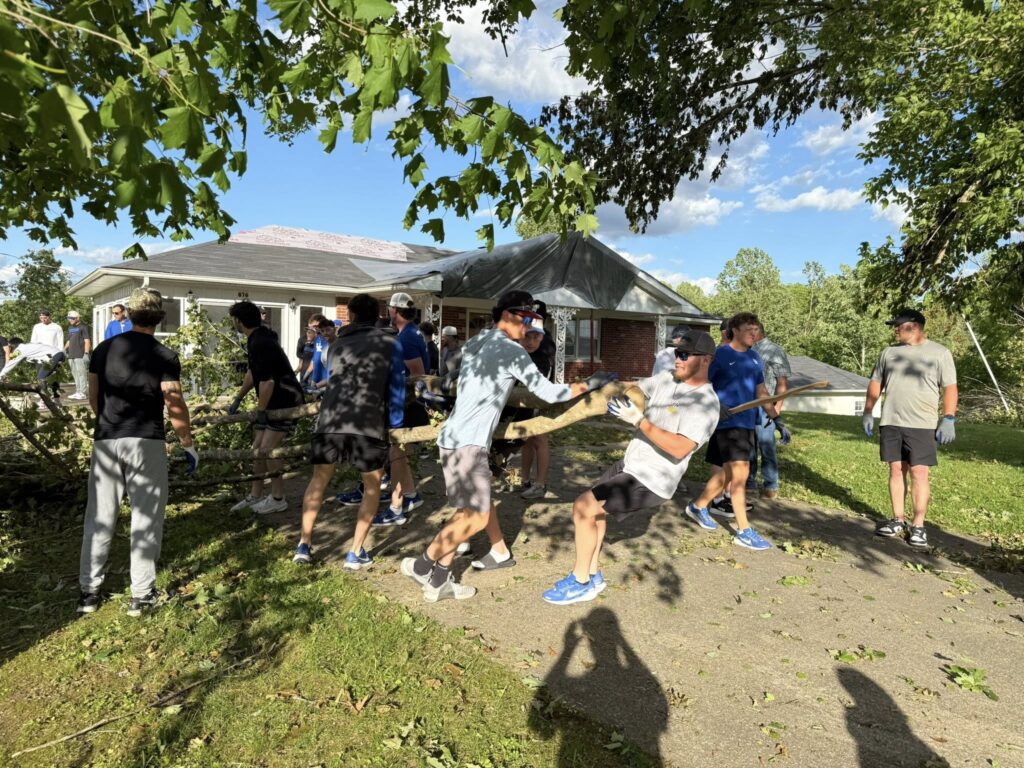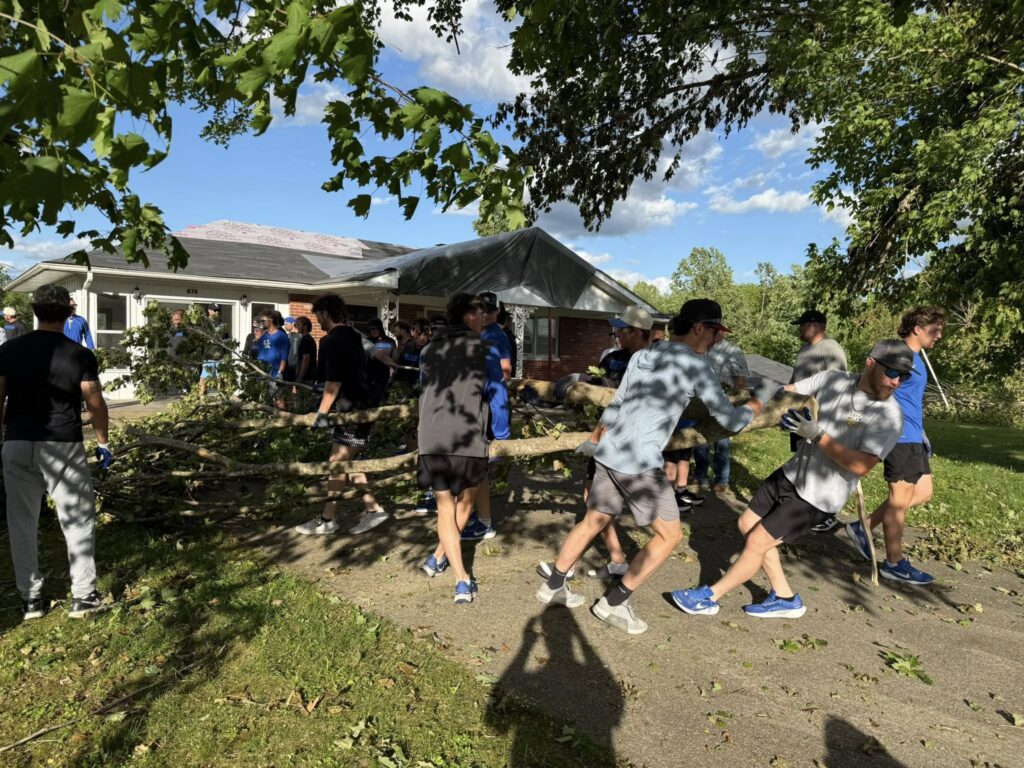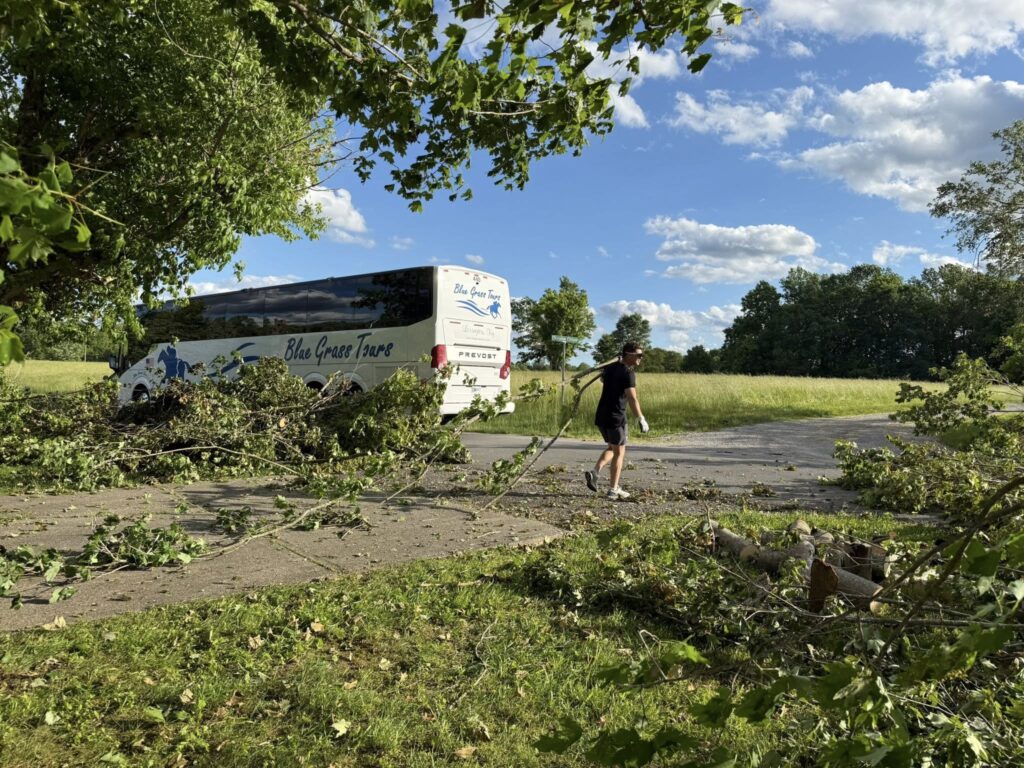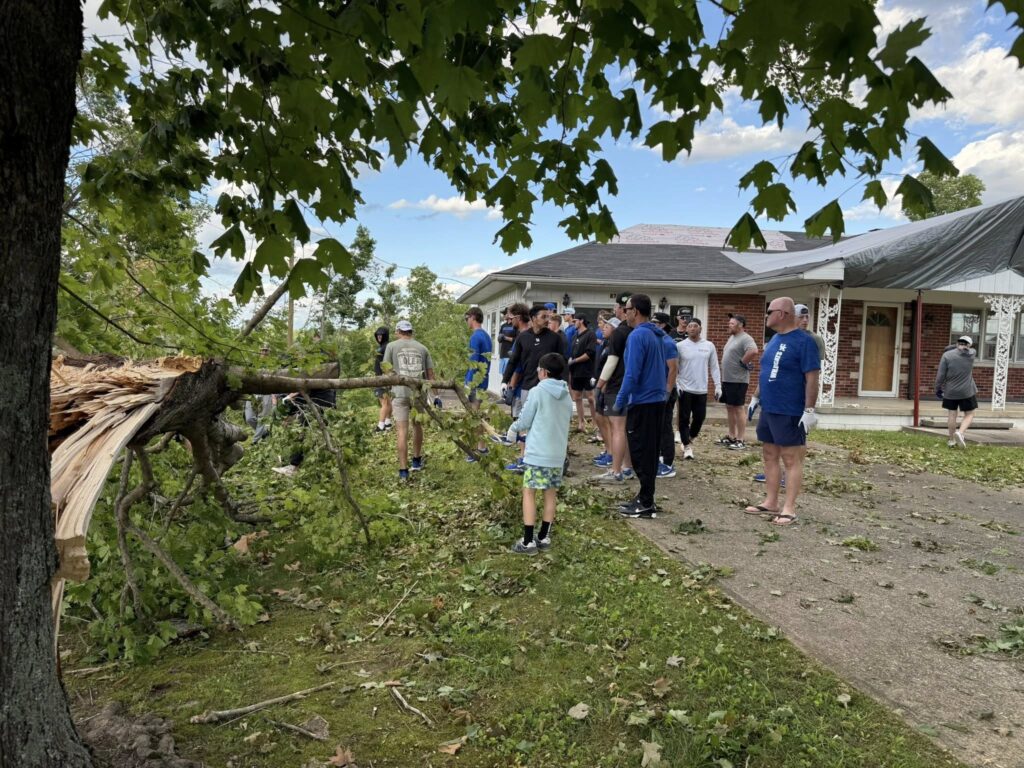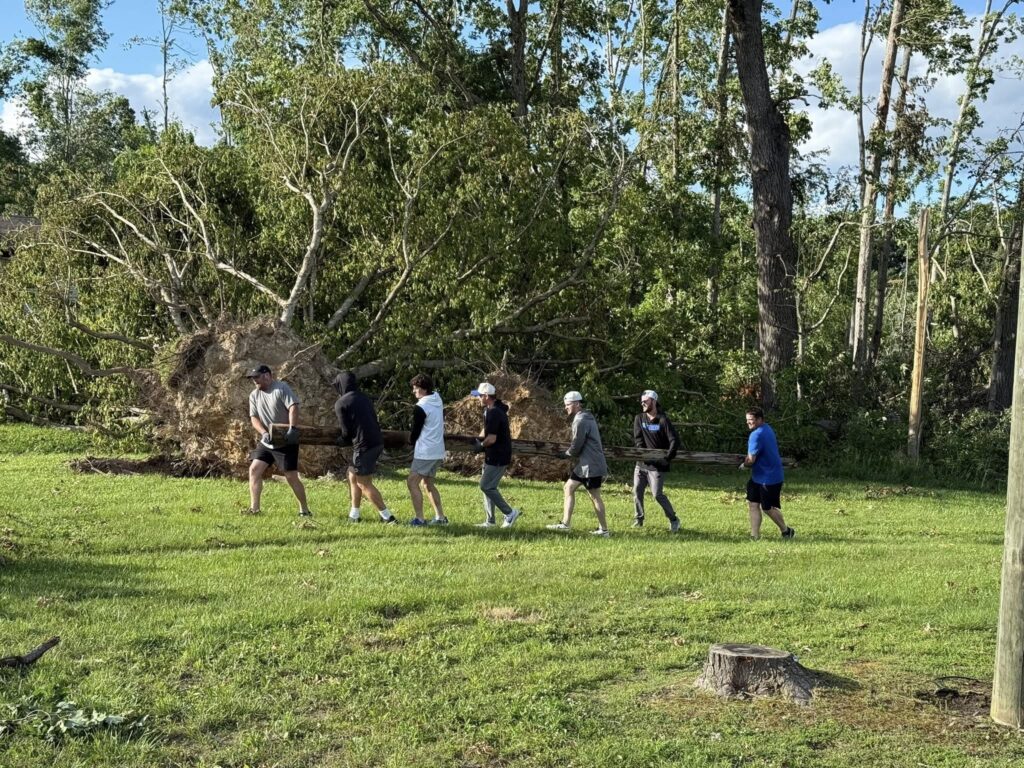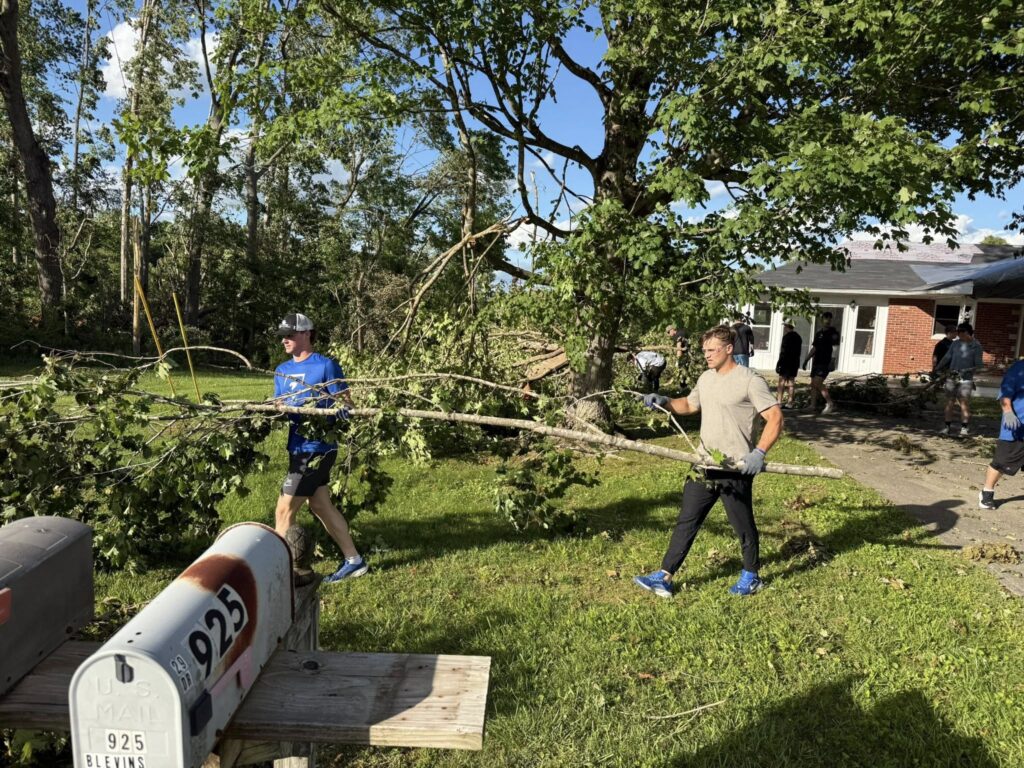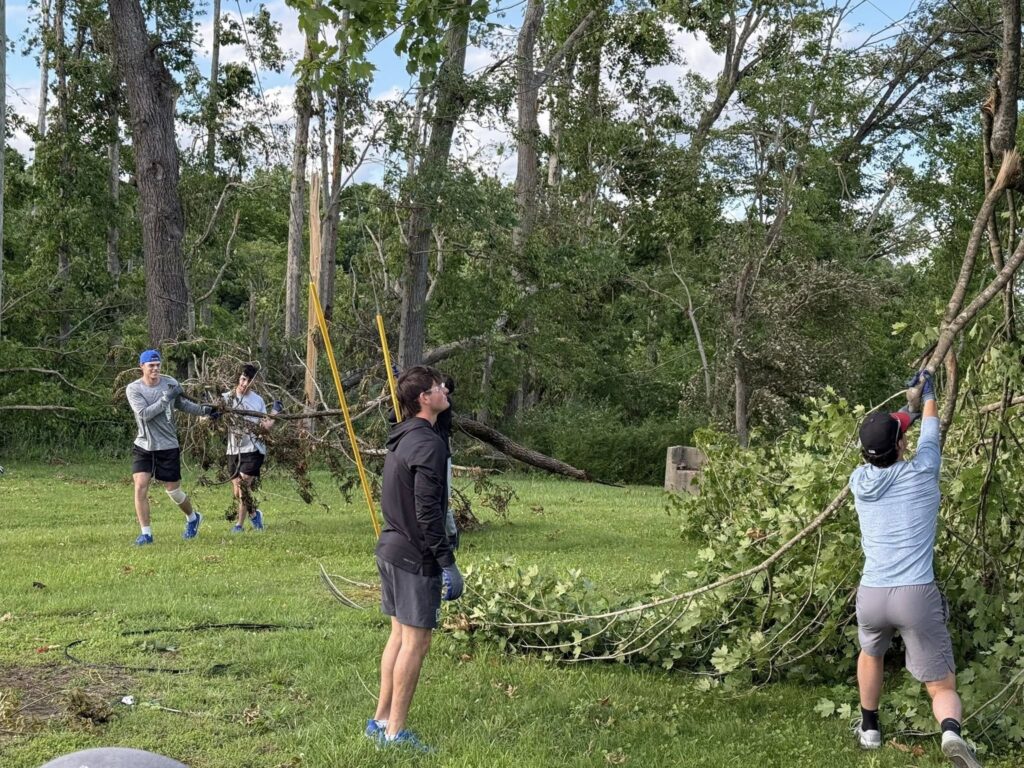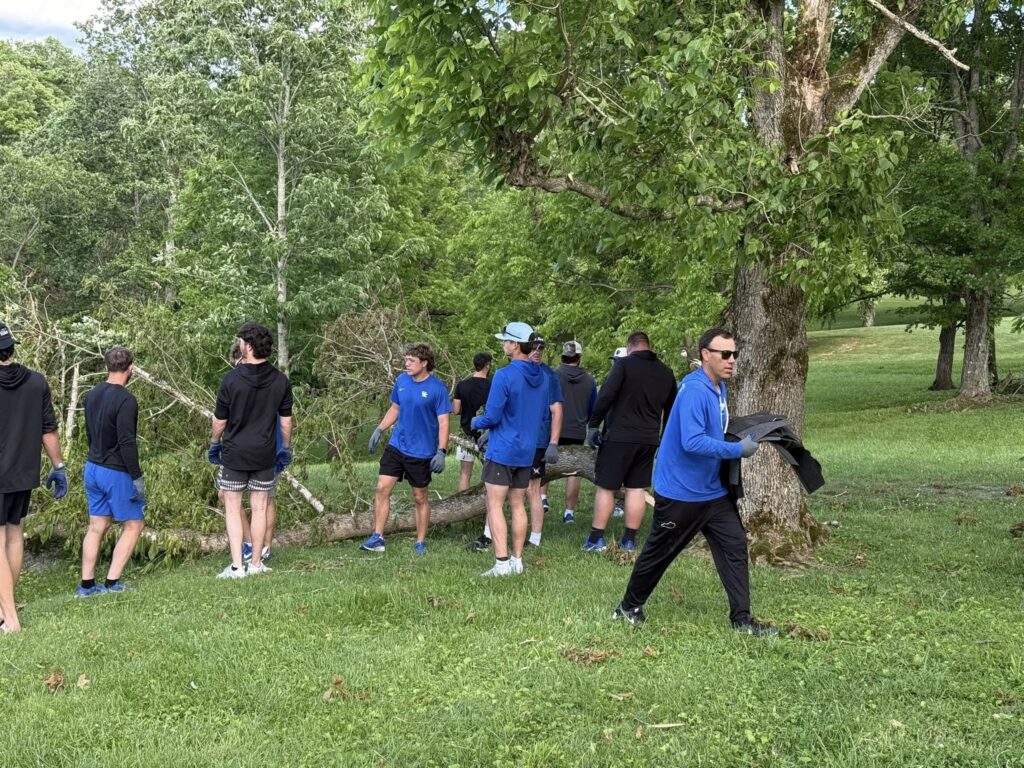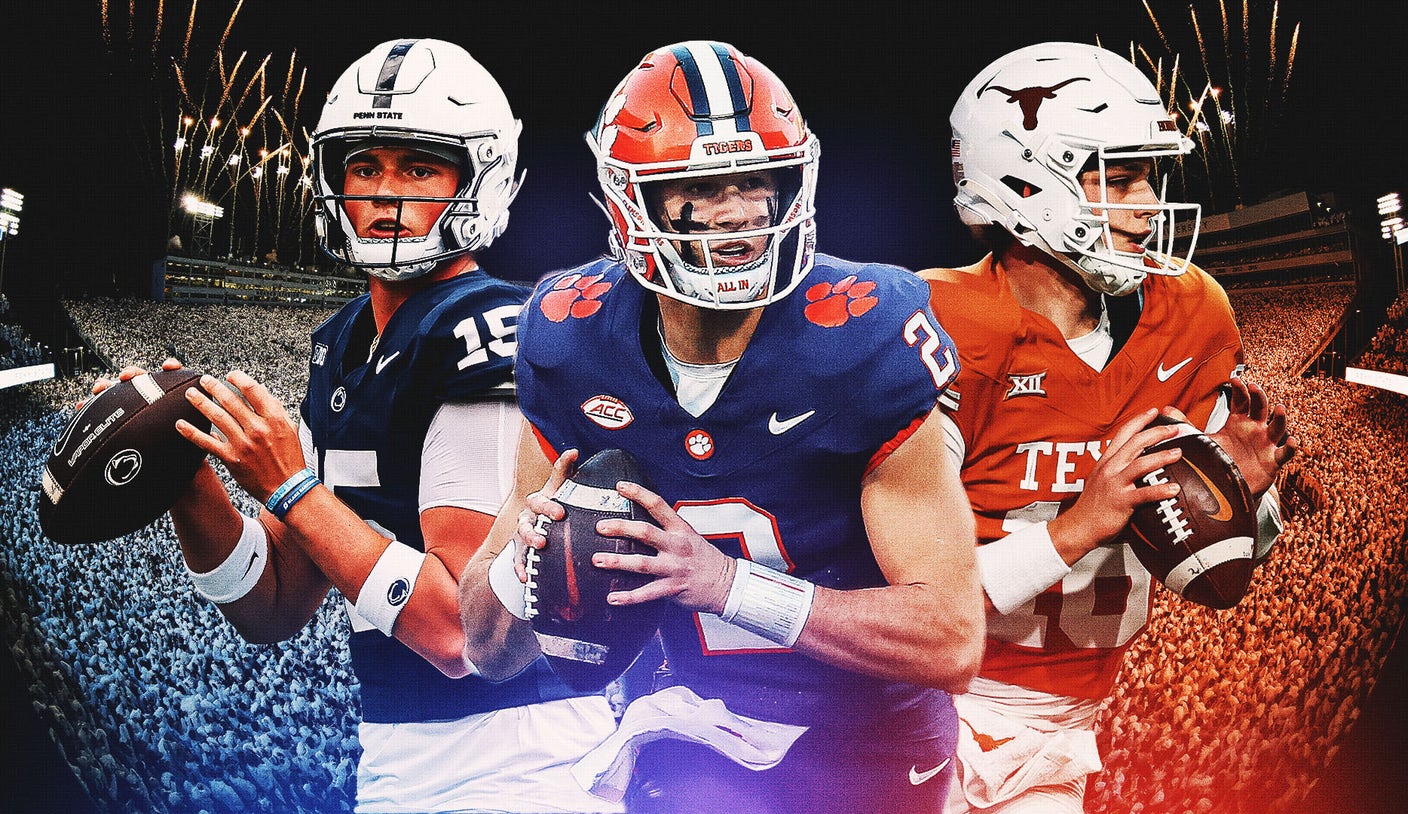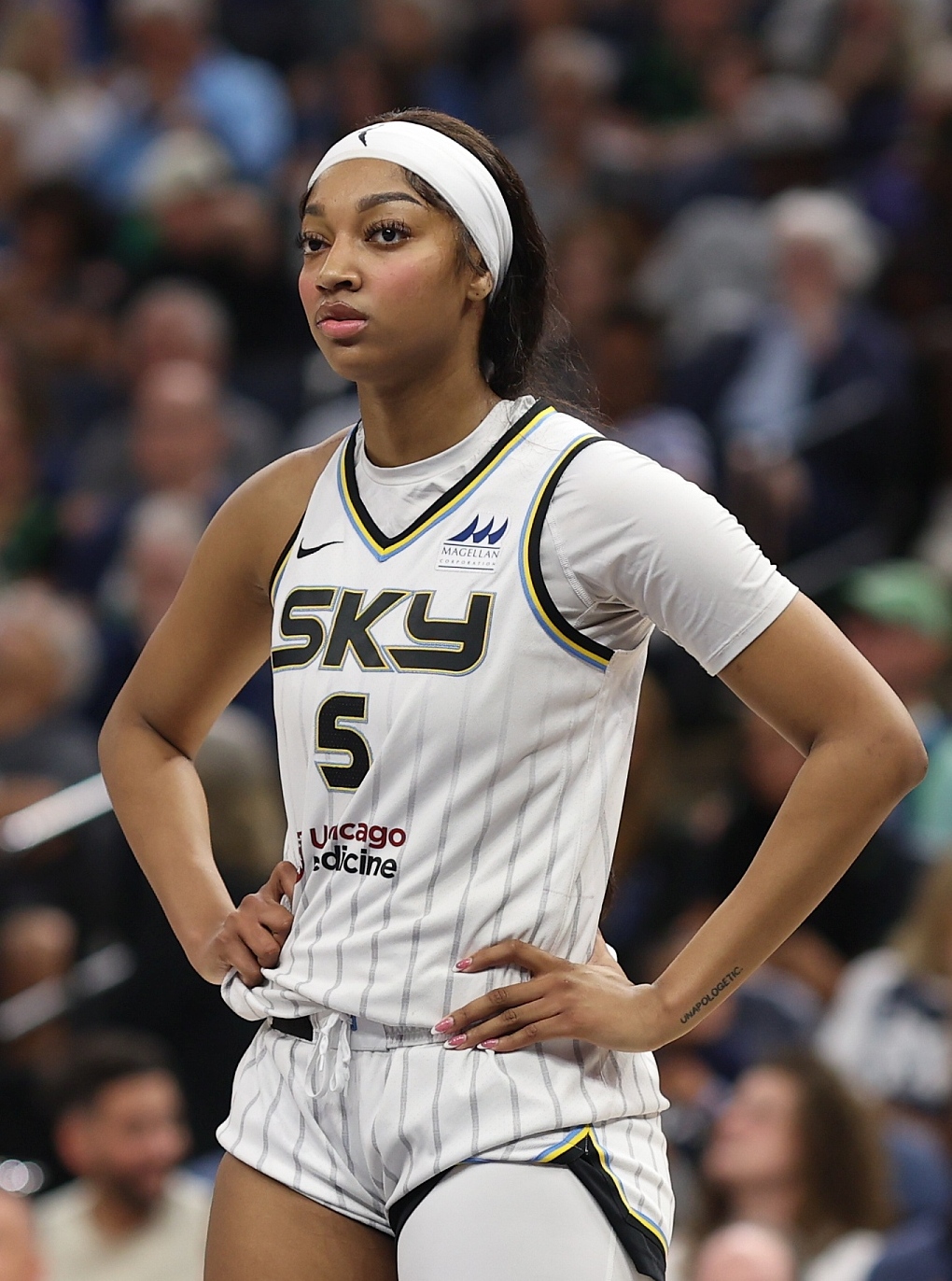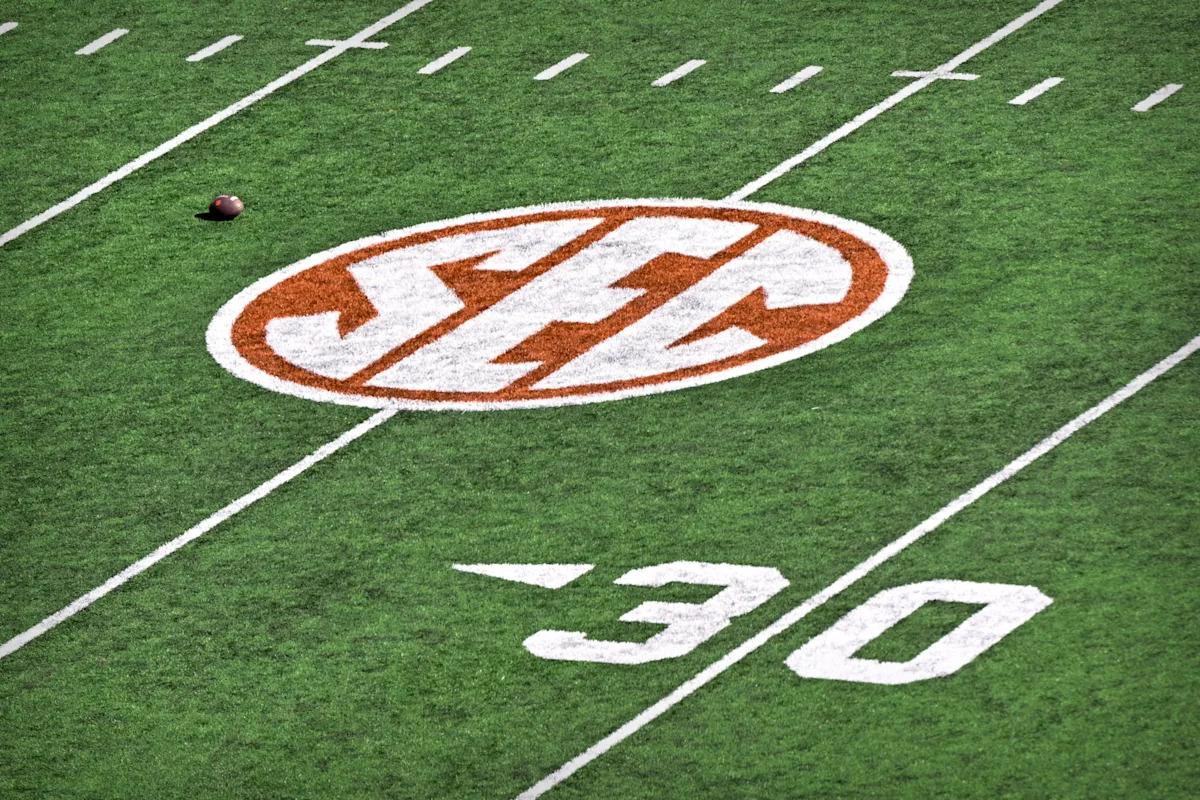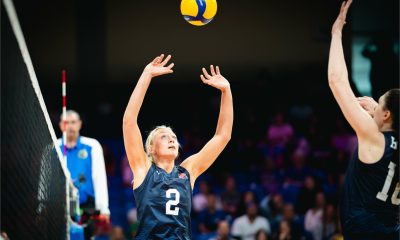There is no calm period in the college football offseason, especially in this day and age with NIL, the transfer portal, recruiting and coaching movement.
What was once considered a slow month on the college football calander, May has been anything but slow, with headlines surrounding just about everything from Bill Belichick’s first season in Chapel Hill to early recruiting wins for traditional powerhouse programs like USC and Miami.
But when taking everything into account that has occurred from the second the final buzzer sounded in Ohio State’s memorable national championship win over Notre Dame until now, which program has had the best offseason?
FOX Sports college football writers Laken Litman, Michael Cohen and RJ Young provide their answers to that question here.
Laken Litman: Texas seems poised to make a national title run this season. The Longhorns are back-to-back CFP semifinalists who also made it to the SEC championship game in their first season in the league. Steve Sarkisian’s team was close to looking the part of a contender last year, but this year, they’re even more intriguing.
That’s simply because of the X-Factor that is Arch Manning. It’s so rare in this era of college football for a quarterback to sit on the bench for two years and develop while waiting his turn. But Manning was patient while Quinn Ewers started and led the Longhorns deep into the playoffs two years in a row. Now it’s Manning’s turn, and he has plenty of support around the roster. Sure, Texas lost four of five starting offensive linemen, but the guys returning gained valuable experience last year when they stepped up for injured teammates. Texas also lost its top three pass catchers from 2024, but Sarkisian has already reloaded there and in the backfield where CJ Baxter returns after missing last year with a torn ACL. Defensively, the Longhorns return safety Michael Taaffe, the team’s most vocal leader, as well as All-American linebacker Anthony Hill Jr. and freshman All-American edge rusher Colin Simmons.
An additional tidbit that shouldn’t go unnoticed is the fact that this team will be coached by three coordinators – Kyle Flood, Pete Kwiatkowski and Jeff Banks – who have been with Sarkisian since he joined the program in 2021. That kind of cohesion is also unusual in the sport these days, and a huge bonus for a team trying to win a national championship.
Texas & Ohio State in Joel Klatt’s Post-Spring top 5 teams
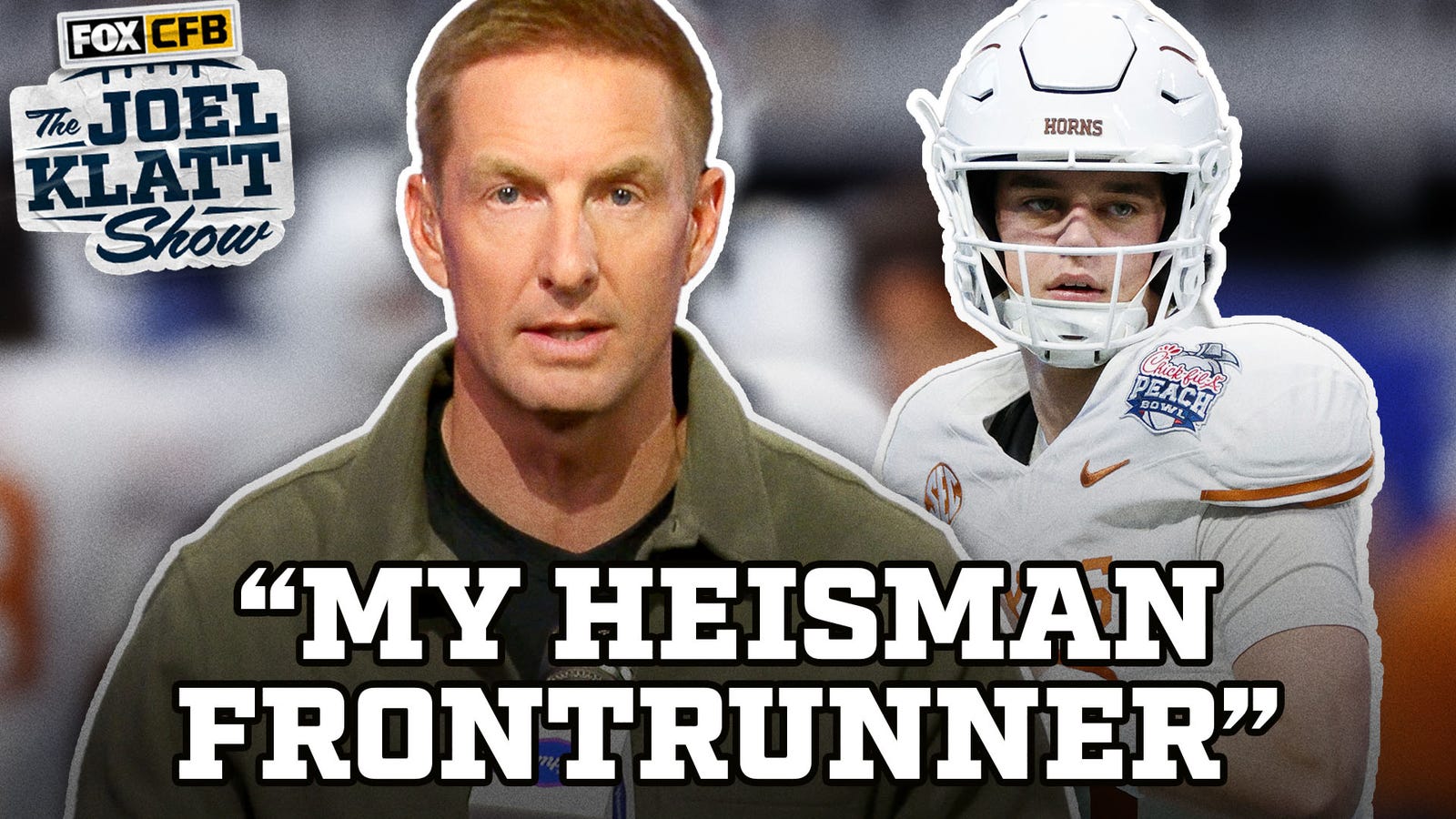
RJ Young: Clemson. The Tigers have a third-year starter at QB in Cade Klubnik and two bonafide first-round talents on the defensive line in Peter Woods and T.J. Parker for former Penn State defensive coordinator Tom Allen to deploy. This 2025 team could be Dabo Swinney’s best since Trevor Lawrence last stalked Death Valley.
Also coming from the Big Ten is former Purdue defensive end Will Heldt, who was a star during a mostly forgettable team and season in West Lafayette. Heldt had 56 tackles, including 10 for a loss, and five sacks as a sophomore last season. With Parker and Woods alongside him, this could become the best defensive line Swinney has had at his disposal since 2018.
From 2018 to 2020 — the Lawrence years — Clemson scored at least 43 points per game. Since then, no Clemson team has scored more than 34.7. Now, with Klubnik entering his third season as a starter and offensive coordinator Garrett Riley calling plays, the Tigers are expected to leap back into scoring on opponents at will.
Clemson opens the 2025 season against LSU, perhaps the only program to acquire more talent in the offseason on the field than Texas Tech. Swinney is going to lean on the maturity of his quarterback and wide receivers, as well as Allen’s talent for fielding defenses that can compete against the nation’s best in December.
Michael Cohen: Had Penn State not lost leading wide receivers Harrison Wallace III (Ole Miss) and Omari Evans (Washington) to the transfer portal, imperiling an offense that is otherwise stocked with talent, the Nittany Lions would have been an easy choice here. The efforts from head coach James Franklin and his staff to retain the bulk of their 2022 recruiting class, which includes the likes of quarterback Drew Allar, running back Nicholas Singleton, running back Kaytron Allen, edge rusher Dani Dennis-Sutton and defensive tackle Zane Durant, have positioned the program among the most experienced rosters in the country — not unlike the cores that fueled national championship runs by conference rivals Michigan and Ohio State in recent years. What might have been a debilitating loss when defensive coordinator Tom Allen, who oversaw the seventh-ranked unit in the country last season, departed for the same role at Clemson was quickly offset by the aggressive and high-priced hire of Jim Knowles, arguably the best defensive coordinator in the sport, given what he achieved for the Buckeyes in recent years. There’s plenty to like about how Penn State is shaping up for 2025.
But another team worth noting here is Texas, a College Football Playoff semifinalist from the other side of the bracket. Head coach Steve Sarkisian nimbly navigated what could have been a prickly situation at quarterback had veteran Quinn Ewers, who guided the Longhorns to back-to-back playoff appearances, decided to return for another season with understudy Arch Manning, the former No. 1 overall recruit in the country, primed to ascend the depth chart. That Sarkisian never closed the door on Ewers in public, even though it was widely assumed Manning would take over ahead of the 2025 campaign, showcased the head coach’s loyalty at a time when such a trait is becoming harder and harder to find. Sarkisian also retooled his roster with a transfer portal haul ranked seventh nationally in average prospect score (88.40) thanks to high-profile commits like former Syracuse defensive lineman Maraad Watson (No. 56 transfer), former Purdue defensive lineman Cole Brevard (No. 105 transfer), former North Carolina defensive lineman Travis Shaw (No. 119 transfer) and former Cal tight end Jack Endries (No. 131 transfer). It’s a group that should pair nicely with the Longhorns’ sparkling high school recruiting class that ranked No. 1 in the country for the 2025 cycle and includes a quintet of five-star prospects, tied with Georgia for the most in the country: safety Jonah Williams (No. 10 overall, No. 1 S); defensive lineman Justus Terry (No. 12 overall, No. 2 DL); wide receiver Kaliq Lockett (No. 18 overall, No. 2 WR), edge rusher Lance Jackson (No. 21 overall, No. 2 edge) and cornerback Kade Phillips (No. 27 overall, No. 5 CB).
Texas is locked and reloaded for another run at the College Football Playoff this fall.
Laken Litman covers college football, college basketball and soccer for FOX Sports. She previously wrote for Sports Illustrated, USA Today and The Indianapolis Star. She is the author of “Strong Like a Woman,” published in spring 2022 to mark the 50th anniversary of Title IX. Follow her at @LakenLitman.
RJ Young is a national college football writer and analyst for FOX Sports and the host of the podcast “The Number One College Football Show.” Follow him at @RJ_Young.
Michael Cohen covers college football and basketball for FOX Sports with an emphasis on the Big Ten. Follow him at @Michael_Cohen13.
[Want great stories delivered right to your inbox? Create or log in to your FOX Sports account, follow leagues, teams and players to receive a personalized newsletter daily.]
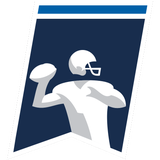
Get more from College Football Follow your favorites to get information about games, news and more

